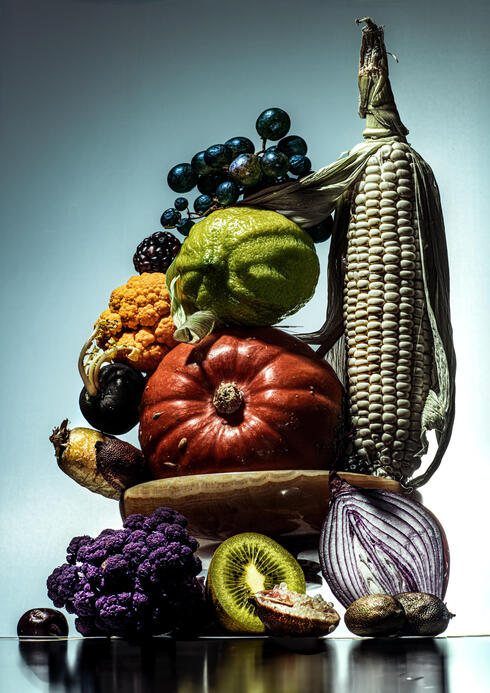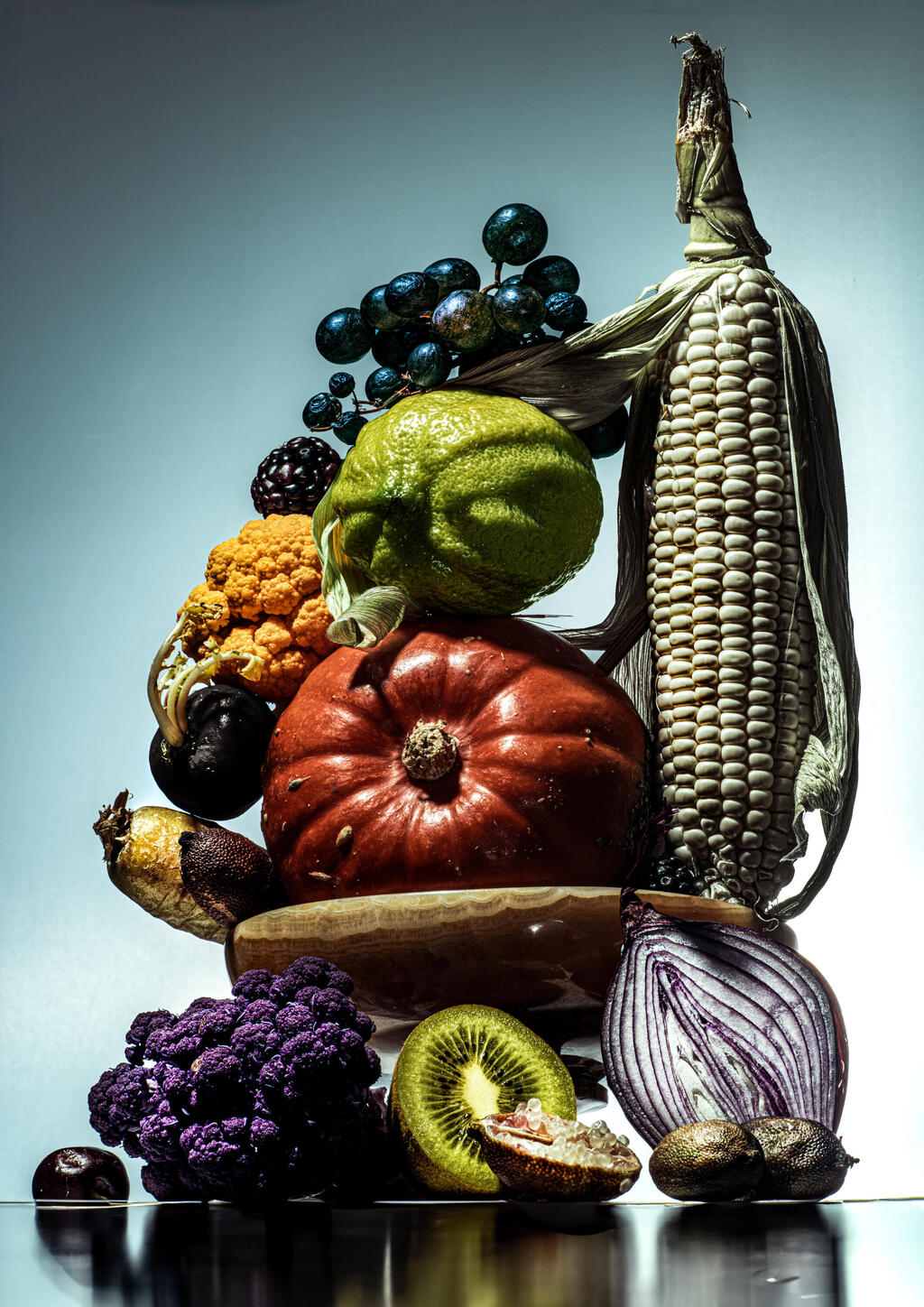
The science behind our love for colorful food: From primate eyes to grocery aisles
Humans have always preferred foods with bright colors, going so far as to add chemicals like arsenic and chromium to enhance the colors of fruits and vegetables in the 19th century. Today’s natural food colorings are a return to the trends of ancient times.
May 1, 1888 was a tough day for the food industry. In Germany, the "Law on Harmful Colors in Food, Drinks, and Useful Items" came into effect. Its first clause presented a short list of substances banned for use in food coloring. Among these substances were arsenic - once used to add the color green to Bavarian cream; chromium, which perfected the green in jarred olives; copper, which turned tea leaves green; lead, which gave an authentic yellow-orange hue to curry; mercury, which enhanced red and orange shades, especially in candies; and tin, which was mixed with other food colors to extend their shelf life.
These were the days of the technological and production revolution - the second chapter of the Industrial Revolution. In the food industry, these were the days of Henry Heinz, Henri Nestlé, Charles Pillsbury, and John Harvey Kellogg. The cultural heroes of the day - the equivalent of modern tech giants - were chemists. Every month, there was news of a new substance being invented, a new law being discovered.
In the world of food chemicals, which promised durability, uniformity, improved taste, and enhanced appearance, everyone knew that there was an added cost. For instance, if curry looked too good for its price, it might contain lead, which increased the risk of gout, dementia, and kidney failure. Yet, people still bought it just as we continue to consume ultra-processed foods today despite their known harms. The reason in both cases is the same: we are conditioned to be attracted to food colors, and this conditioning preceded Germany color law by about 35 million years.
Our primitive primate ancestors were born with particularly strong eyes. While their peers saw the green foliage around them in bluish-green and a bit of yellow, our ancestors saw more. Among the green leaves, they could identify red, orange, and pink objects - fruit. They saw millions of colors in the world thanks to being the first super-mammal born with three types of cones in their eyes: two for green and blue wavelengths, and one that detects long red wavelengths.
According to the theory of evolution, this ability to identify colors emerged in order to locate food. The red cone allowed us to better navigate through the foliage and immediately identify fruits and determine how ripe they were. In repeated experiments, both humans and monkeys consistently have long demonstrated a preference for brightly colored fruits and vegetables - a preference that has been ingrained within us for millennia.
There are creatures with even more cones in their eye, such as insects or birds. When an insect or a bird with many cones sees an apple, they perceive countless shades on the peel that signal density, moisture, rot, and quality on the fruit's surface, and the best spot to peck. These colors (which we cannot even imagine) are the apple's true colors; it is we with our cone-deficient eyes who are blind to them.
However, our sense of taste is rare in the animal world: it learns. The desire to taste something is influenced by the depth of the color and by associations unrelated to botany, for cultural reasons for example. Even in ancient times, food was colored, mainly through spices and concentrated fruit juices. In the Middle Ages, food coloring was a staple of haute cuisine.
Just as for us, taste and enjoyment starts with flavor and extends to personal connections, tradition, culinary innovation, and even ethics, during the Middle Ages, taste was influenced by spirituality and symbolism. Cooks colored meatballs with blue lichen to symbolize royalty or with a yellow batter made of egg yolks and saffron to symbolize divine light. Colorful sauces were incorporated to represent the colors of flags. For centuries, Europe's 1% enjoyed food that was colored in a way that disconnected it from nature and connected it to a symbolic, religious, social, and cosmological code. This was their gastronomic experience.
Today, the dominant approach to cooking is that it is meant to enhance the natural taste of food, a fashion set during the 17th century, with the birth of French cuisine. Natural taste is a relatively new idea in culinary history, and in its time, it was revolutionary. Deepening natural shades connects to this idea. But this is not a true return to the natural state of food. We are still more attracted to enhancement than to the natural. We have no problem with salmon that is dyed pink by dietary supplements or mustard spread, which would remain gray without the turmeric that colors it yellow.
We have progressed since the 19th century, even if only a little. We want to continue coloring food. But unlike in the past, today we are more averse to artificial food colors. Thus, the golden age of natural food colors has arrived, which are also directly extracted from their natural sources. There is also an openness and attraction to vegetables in unusual colors - red bananas, purple carrots, yellow watermelon, white asparagus. This variety existed once, and in the modern era was reduced to a handful of colors for each fruit and vegetable, based on the notion of "finding the best and giving it to everyone." Now natural colors are returning, almost as a value in itself. We have returned to ancient times.















